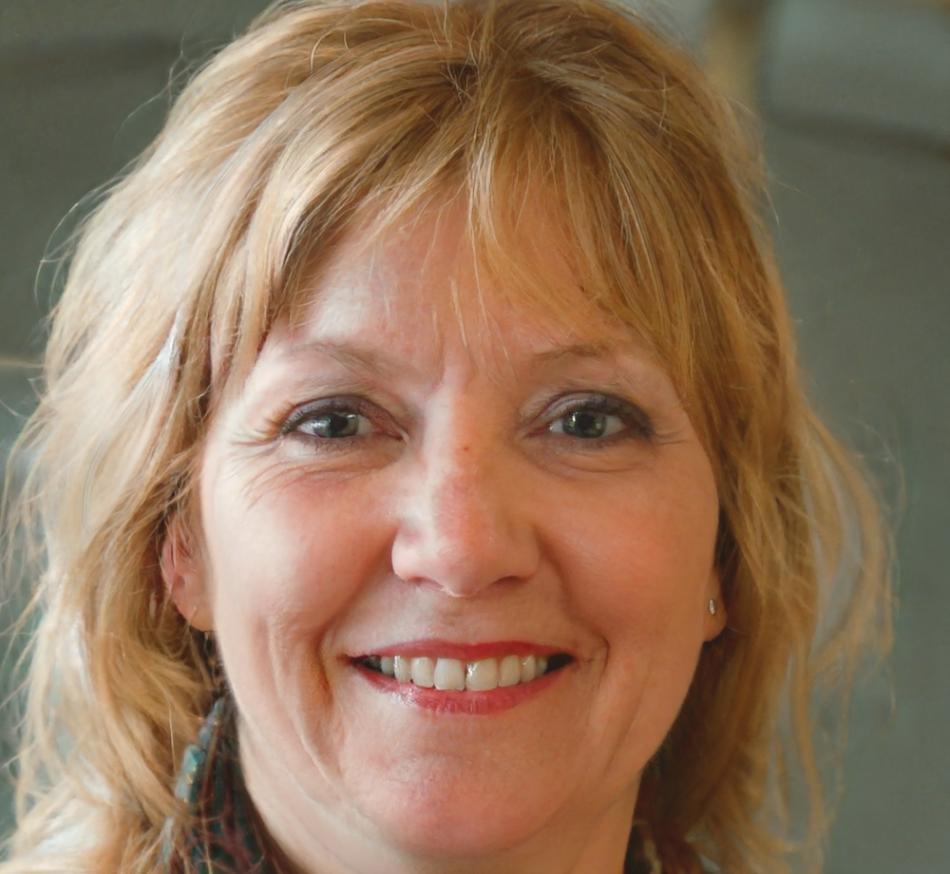Built by Analysts, For Analysts
Back in 2019, I was stuck reviewing valuation models at 2 AM, frustrated by how theoretical most training programs felt. The textbooks gave you formulas, but nobody showed you how to handle messy data or defend your assumptions during a client presentation.
That's when cularionexa started taking shape. Not as some grand business plan, but as notes I kept sharing with junior analysts who asked the same questions I'd had years earlier.

From Spreadsheets to Classrooms
I spent twelve years doing equity research and M&A advisory before this. The kind of work where your DCF model gets picked apart by senior partners who've seen every trick in the book.
What I noticed over time was a gap. Fresh analysts could build technically correct models, but they struggled with judgment calls. When do you use revenue multiples versus EBITDA? How do you adjust beta for companies in transition? These weren't formula problems – they required experience.
So in early 2020, I started running weekend workshops. Small groups, real case studies, lots of discussion about why we made certain choices. That evolved into cularionexa's structured curriculum by late 2021.
How We Actually Teach This Stuff
Theory matters, but only when it connects to what you'll face Monday morning. Our approach emphasizes practical application alongside foundational concepts.
Real Company Data
We use actual financial statements from public companies. You'll work through the same complications you'd encounter in practice – discontinued operations, currency adjustments, non-recurring items. No sanitized textbook examples.
Decision Frameworks
Beyond formulas, we focus on developing your analytical judgment. When multiple valuation methods give different answers, how do you reconcile them? What assumptions deserve sensitivity analysis? These frameworks stick with you.
Peer Discussion
Some of the best learning happens when you debate methodology with other analysts. Our cohort model creates space for those conversations – different perspectives on discount rates, growth assumptions, comparability factors.
Who's Teaching Your Cohort
Small team, but we've collectively reviewed thousands of valuation models across different industries and deal types.

Sloane Thériault
Sloane joined us in 2022 after eight years in investment banking, mostly covering technology and healthcare deals. She's particularly good at breaking down complex capital structures – something that intimidates a lot of analysts early on.
Her sessions on comparable company analysis are probably the most popular in our curriculum. She has this knack for explaining why certain companies are comparable beyond just being in the same sector.

Started with Notes
What began as informal mentoring sessions turned into structured materials. I'd share frameworks I wished someone had taught me years earlier.
First Formal Cohort
Twelve analysts joined our pilot program in September 2021. We refined the curriculum based on their feedback over six months.
Expanded Curriculum
Added advanced modules covering leveraged buyout modeling and credit analysis. Sloane developed most of this content based on her banking experience.
New Cohorts Starting
We're running three cohorts this year – starting in September, November, and January 2026. Same approach, just refined based on what's worked well.
What to Expect in a Cohort
Programs run for sixteen weeks, typically requiring eight to twelve hours per week depending on your existing experience level.
Weekly Live Sessions
Tuesday evenings, 7-9 PM Eastern. We work through case studies together, discussing methodology choices in real time. Sessions are recorded if you need to catch up later.
Applied Assignments
Build complete valuation models from scratch using companies you choose. You'll receive detailed feedback on your assumptions, methodology, and presentation style. Typical turnaround is five to seven days.
Portfolio Review
Final project involves presenting a full valuation analysis to the cohort. Think of it as practice for client presentations or investment committee meetings. You'll get feedback on both technical accuracy and communication effectiveness.
Based in Essex, Teaching Everywhere
Our office sits at 23 Maidstone Ave E in Essex, Ontario. Most of our work happens online since cohorts include analysts from across Canada and beyond.
If you're local and want to stop by for coffee to discuss the program, just email support@cularionexa.com. Otherwise, feel free to call +1 613 885 9055 during regular business hours.
Next cohort starts September 2025. We cap enrollment at twenty analysts to maintain quality discussion and feedback. Applications typically open three months before start dates.
